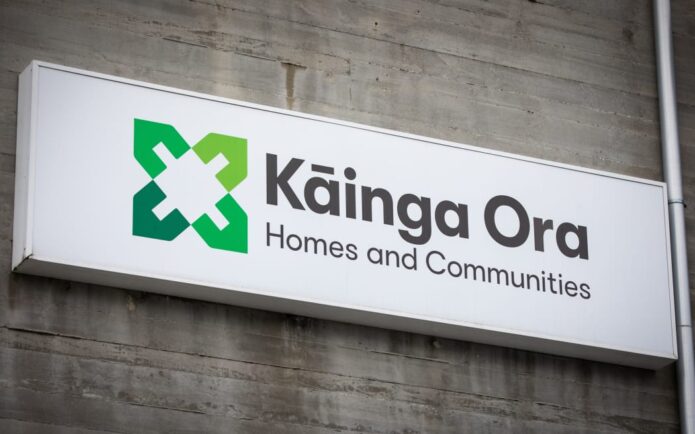PHOTO: Residential building costs have continued to climb. FILE
Residential Building Costs Show Slower Rise, but Uncertainty Looms
New Report by Quotable Value Reveals Insights
Overview
According to the latest report by Quotable Value, residential building costs have continued to climb, albeit at a slower pace. The report highlights that the average cost of constructing a standard three-bedroom home in the country’s main centres increased by 9.5 percent in the year ending June. This marks a significant difference from the 20.9 percent surge observed during the same period the previous year.
Positive Outlook
Martin Bisset, a CostBuilder quantity surveyor at QV, emphasized that a 9.5 percent increase in building costs would typically be a cause for concern under normal circumstances. However, he also delivered positive news, stating that this rate of increase is less than half of the building cost inflation recorded at the same time last year. This indicates a slowdown in the rate of cost escalation.
Recent Trends
Bisset observed that costs had noticeably decelerated during the first half of the year. Over the six months ending in June 2023, costs rose by 3.8 percent. He expressed the belief that the construction inflation boom had peaked and that demand for materials and labor was gradually easing across many regions in the country.
The Instagram and OnlyFans model with a HUGE real estate portfolio | WATCH
Caution Ahead
Despite the recent slowdown, Bisset cautioned that uncertainty lay ahead for the building industry and the broader economy. Consequently, predicting cost fluctuations for the remainder of the year would be challenging. He cited several factors contributing to this uncertainty, such as persistently high inflation and interest rates, an upcoming general election in October, geopolitical issues, and ongoing reconstruction efforts following Cyclone Gabrielle.
Stabilization on the Horizon
Despite the uncertainties, Bisset remained optimistic that costs would eventually stabilize. He acknowledged the economic instability in the domestic construction market but expressed confidence that over time, the situation would settle.
In conclusion, while the report indicates a slower rise in residential building costs, the future remains uncertain. Nevertheless, there is hope for eventual stabilization, although external factors may continue to influence the construction landscape.
Are we are there yet? Economists Declare End of New Zealand’s House-Price Slump













